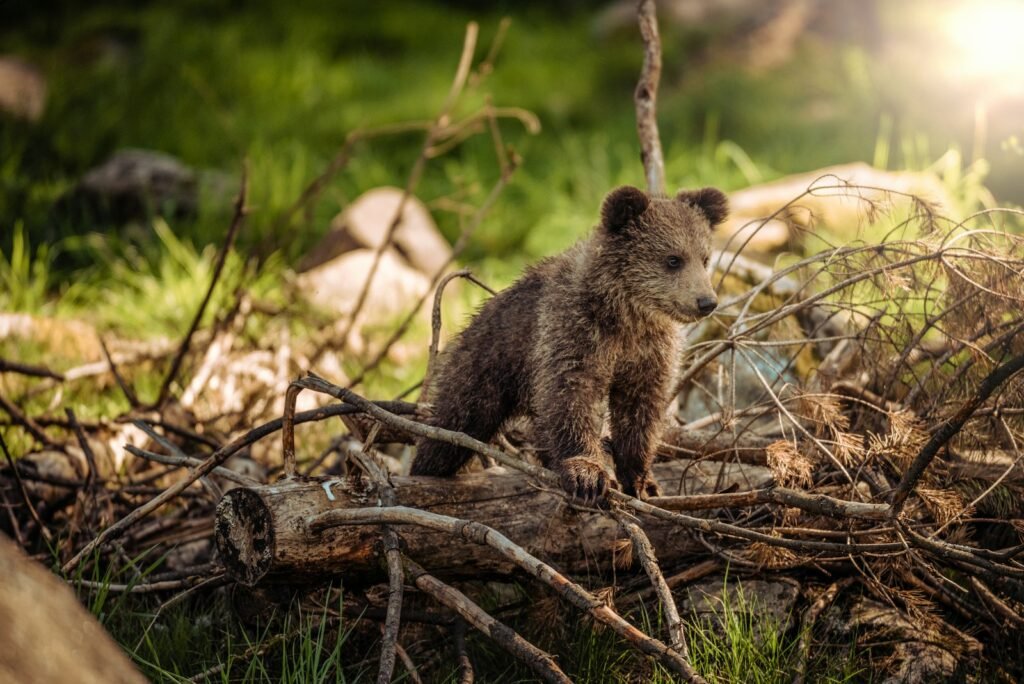There is a place where granite giants rise from the forest, their faces staring out across centuries and stirring the deepest questions about who we are and what stories we choose to remember. The Black Hills of South Dakota are a land of breathtaking beauty and fierce meaning, a region where two colossal monuments—Mount Rushmore and the Crazy Horse Memorial—stand as rival storytellers. Their stone visages are more than tourist attractions; they are battlegrounds of memory, identity, and justice. At their feet, pine forests whisper ancient Lakota legends while millions of visitors marvel, debate, and reflect. How did these mountains become the canvases for such epic visions, and what do their stories reveal about America’s soul?
The Sacred Heart of the Black Hills
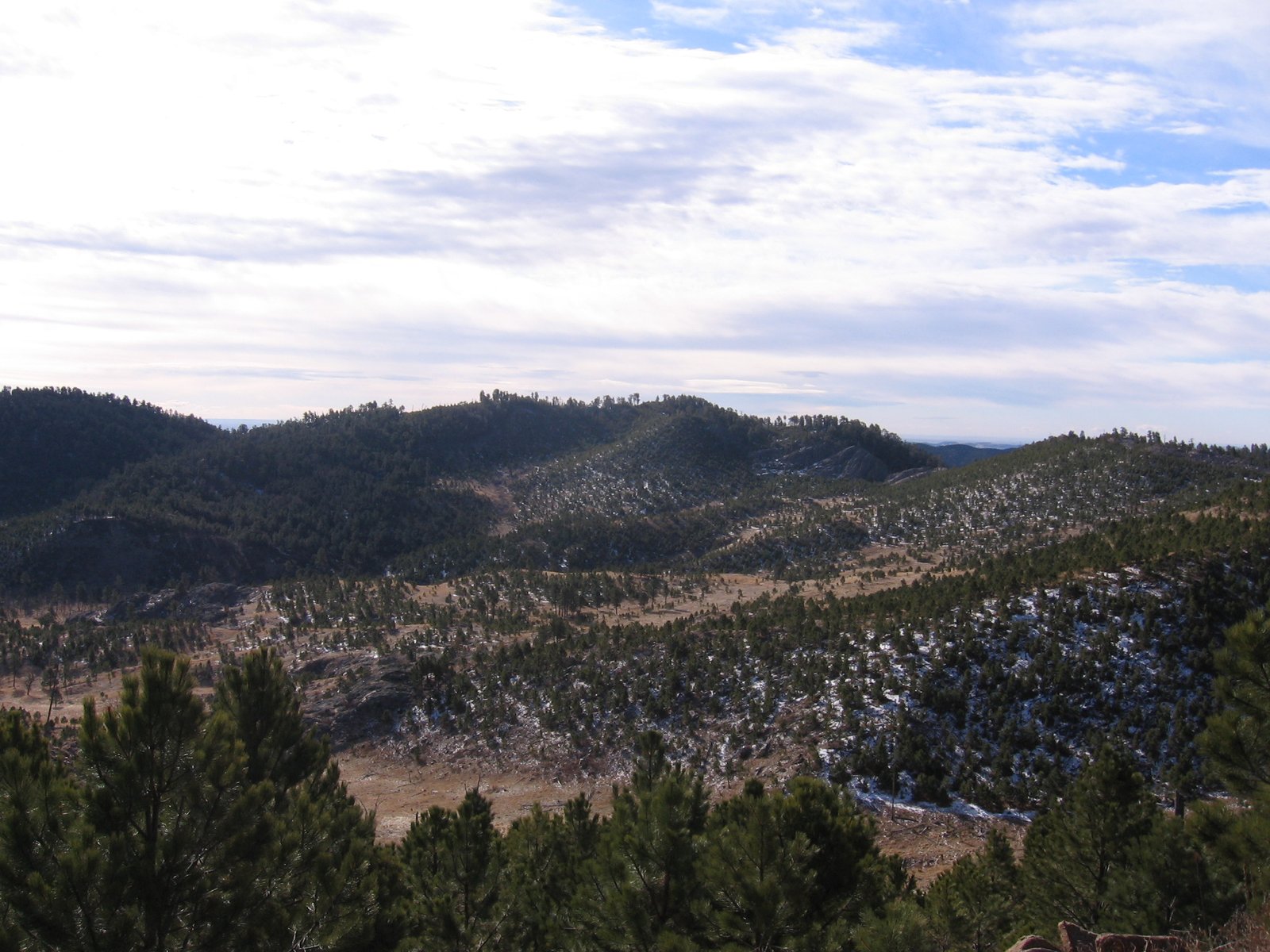
To the Lakota and other Plains tribes, the Black Hills are not just a lovely range blanketed in ponderosa pine—they are the spiritual heart of their universe. Known as Paha Sapa, this land is woven into origin stories, sacred rituals, and a sense of belonging that predates the arrival of European settlers by thousands of years. Every meadow, ridge, and stream holds a meaning that is hard to express in words, like family heirlooms passed down through generations. For scientists and nature lovers, the Black Hills are a living museum, home to rare plants and animals, unique geological formations, and evidence of ancient human habitation. The land itself breathes with stories, making it a powerful stage for the drama of history.
The Making of Mount Rushmore
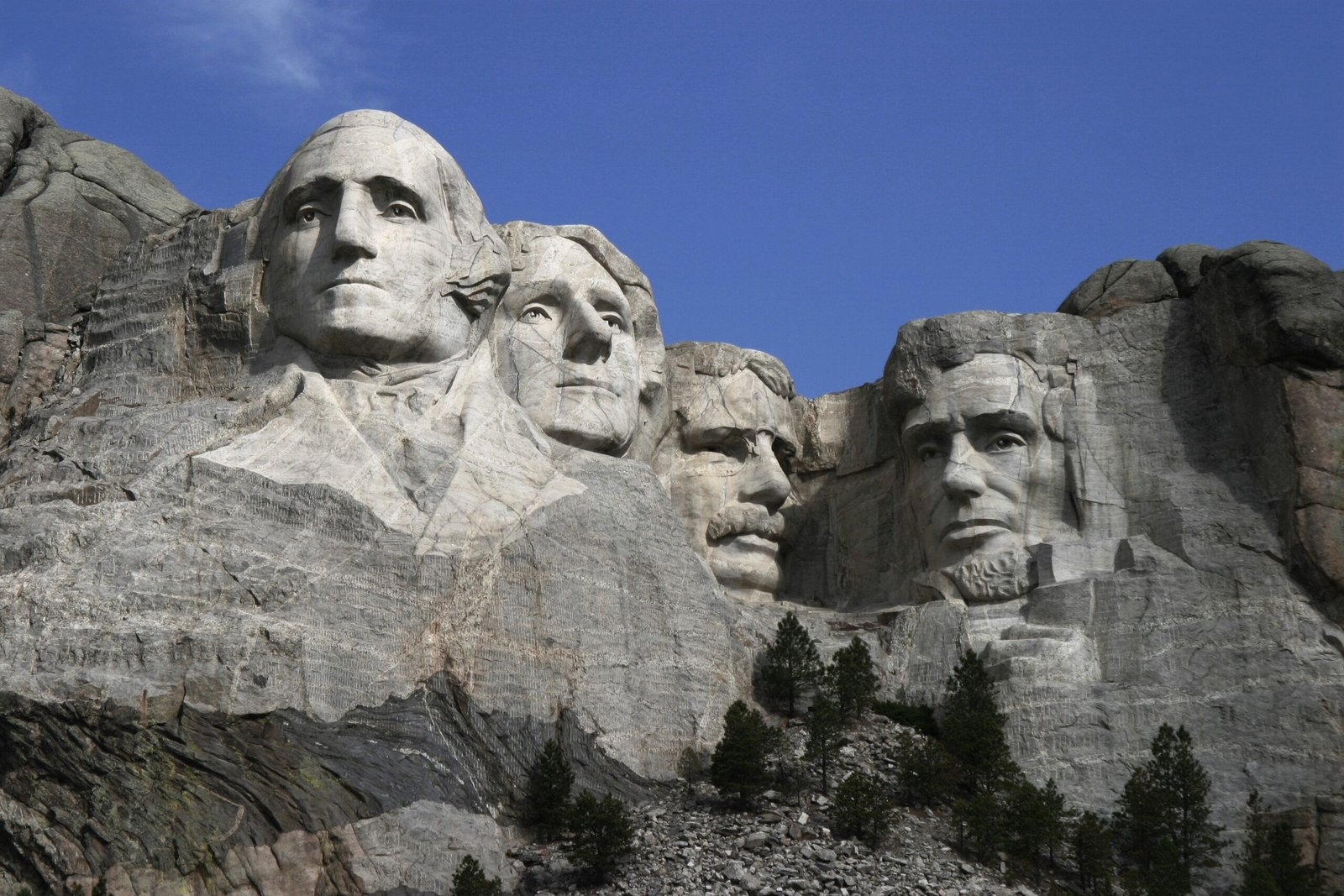
In the 1920s, as the nation rebounded from war and economic uncertainty, a South Dakota historian dreamed up a project to put his state on the map. He envisioned a gigantic monument, carved into the Black Hills, that would celebrate America’s “great men.” Sculptor Gutzon Borglum was brought in, and he chose four presidents—Washington, Jefferson, Roosevelt, and Lincoln—to represent the birth, growth, development, and preservation of the United States. The carving, which began in 1927, was a feat of engineering and artistry, involving dynamite, jackhammers, and the sweat of hundreds of workers. Today, Mount Rushmore is both a symbol of American ambition and a reminder of whose history gets spotlighted.
Whose Land, Whose Story?
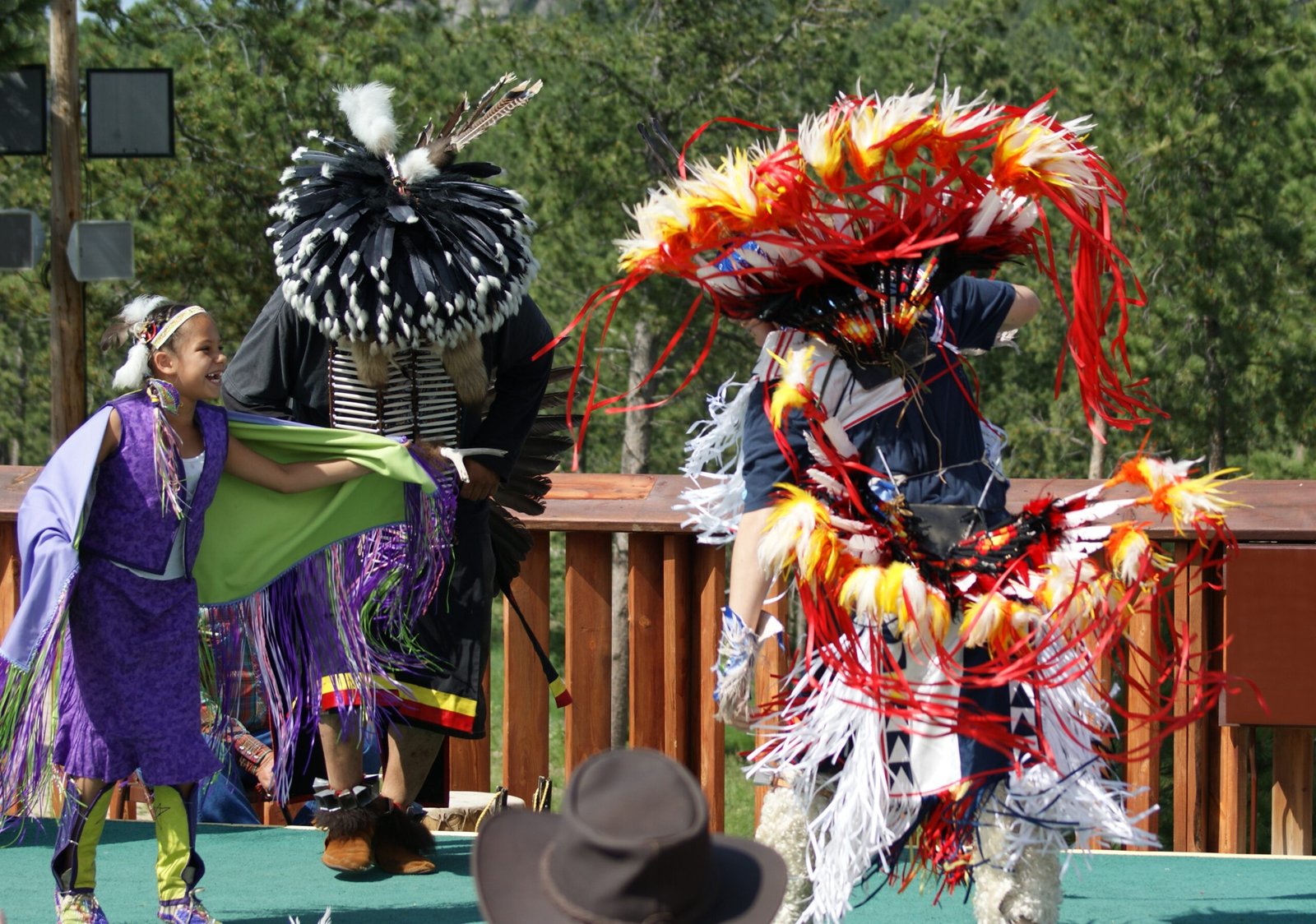
The creation of Mount Rushmore sparked deep pain and outrage among Indigenous peoples, particularly the Lakota Sioux. The Black Hills had been guaranteed to them by the Treaty of Fort Laramie in 1868, but that promise was shattered when gold was discovered and settlers rushed in. The construction of four American presidents’ faces on their sacred mountains added insult to injury, erasing native stories and celebrating leaders who had, in some cases, pushed policies of displacement and assimilation. This clash of narratives still stirs strong emotions today, forcing us to ask: Who decides which stories are carved in stone, and which are left in shadow?
The Vision of Crazy Horse
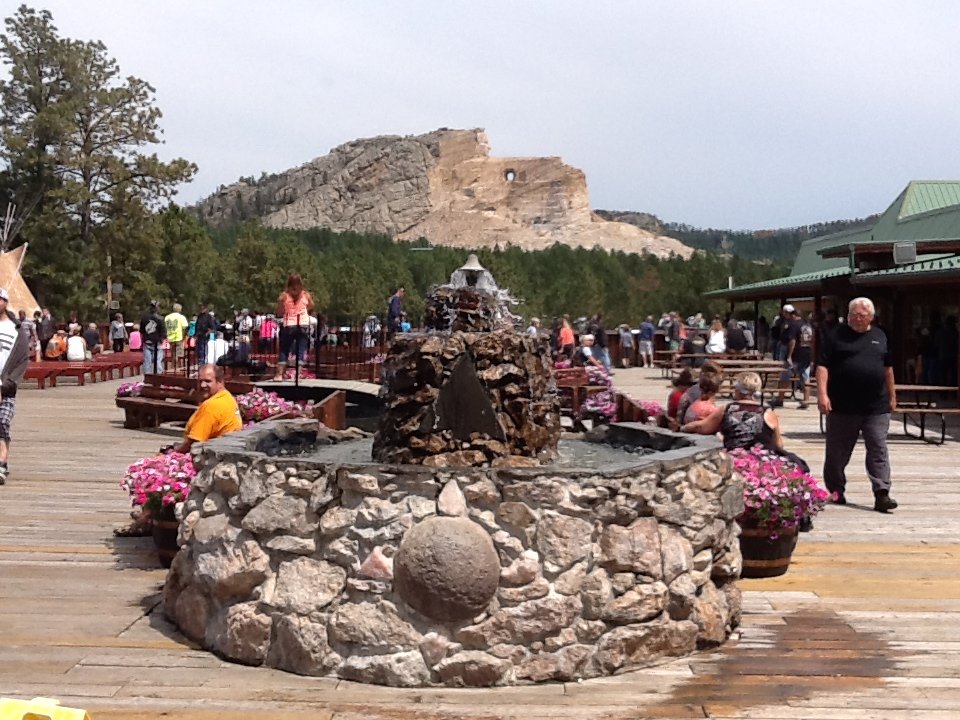
Rising just 17 miles from Mount Rushmore, another monument began to take shape in 1948—a Native American answer to the presidents in stone. The Crazy Horse Memorial honors the legendary Lakota leader who resisted U.S. expansion and fought to protect his people’s way of life. Sculptor Korczak Ziolkowski, invited by Lakota elders, dedicated his life to carving Crazy Horse on horseback, pointing toward his tribal lands. The project is colossal, expected to be the largest mountain carving in the world once finished. It is a work in progress, both literally and symbolically, representing a vision of Indigenous pride and resilience that refuses to be erased.
Art, Science, and Monumental Challenges
Carving a mountain is as much about geology and physics as it is about art. Both Mount Rushmore and the Crazy Horse Memorial required painstaking study of the granite’s structure, weather patterns, and the long-term effects of erosion. Workers had to adapt their methods, sometimes innovating new tools or techniques, to coax their visions from the stubborn stone. The scale is almost unimaginable—faces as tall as six-story buildings, horses that could swallow city blocks. These challenges mirror the deeper struggle to carve out space for different histories in the American landscape.
Tourist Magnet or Sacred Space?
Millions of people flock to the Black Hills each year, drawn by the promise of awe-inspiring sights and a brush with history. For many, Mount Rushmore is a bucket-list destination, a place to snap selfies with icons of democracy. Others come seeking the deeper story of Crazy Horse, moved by the ongoing work and the cultural center that shares Lakota heritage. Yet the surge of tourism brings its own tensions—commercialization, environmental impact, and the risk of reducing complex histories to souvenirs and soundbites. The Black Hills are both a playground and a place of reverence, and finding the balance isn’t easy.
Nature’s Role in Shaping History
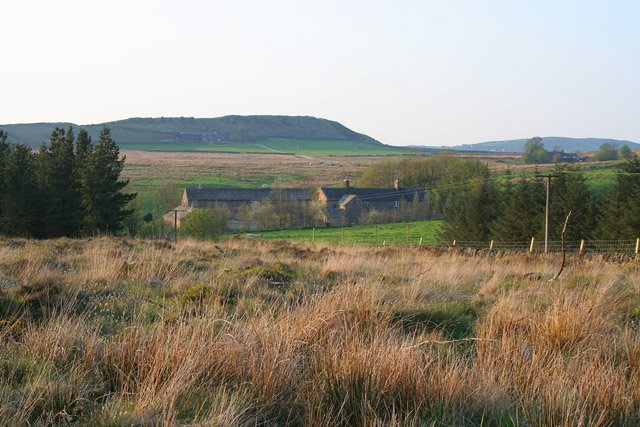
The Black Hills are more than just a backdrop for human drama—they are active players in the story. The region’s unique geology, with hard granite outcrops and softer surrounding rock, made these colossal carvings possible. The climate, with its cycles of freeze and thaw, challenges the stability of the sculptures, requiring constant maintenance and scientific monitoring. Wildlife, from bison to mountain lions, roam the forests, reminding us that these hills pulse with life far older than any monument. Nature shapes and reclaims, sometimes erasing even the grandest human marks.
Controversy and Conversation
Both Mount Rushmore and the Crazy Horse Memorial are flashpoints in ongoing debates about history, power, and representation. Critics argue that Rushmore glorifies leaders connected to Indigenous dispossession, while supporters see it as a unifying symbol of American ideals. The Crazy Horse project, too, isn’t without controversy—some Lakota question whether their hero would have wanted his face on a mountain, while others embrace it as an act of cultural reclamation. These debates aren’t just academic; they ripple through families, classrooms, and government halls, pushing us to confront the uncomfortable truths behind our national myths.
The Science of Memory and Monument
Why do we build monuments at all? Psychologists and neuroscientists say that physical symbols help us process collective memory, giving shape to abstract ideas like freedom, sacrifice, or injustice. Standing at the base of a mountain carving, visitors often feel a mix of awe, pride, and discomfort—a cocktail of emotions that lingers long after they leave. These monuments become anchors for public rituals, debates, and acts of healing. They remind us that history is not just about dates and facts, but about identity and belonging, written in stone and in the heart.
The Ongoing Dialogue
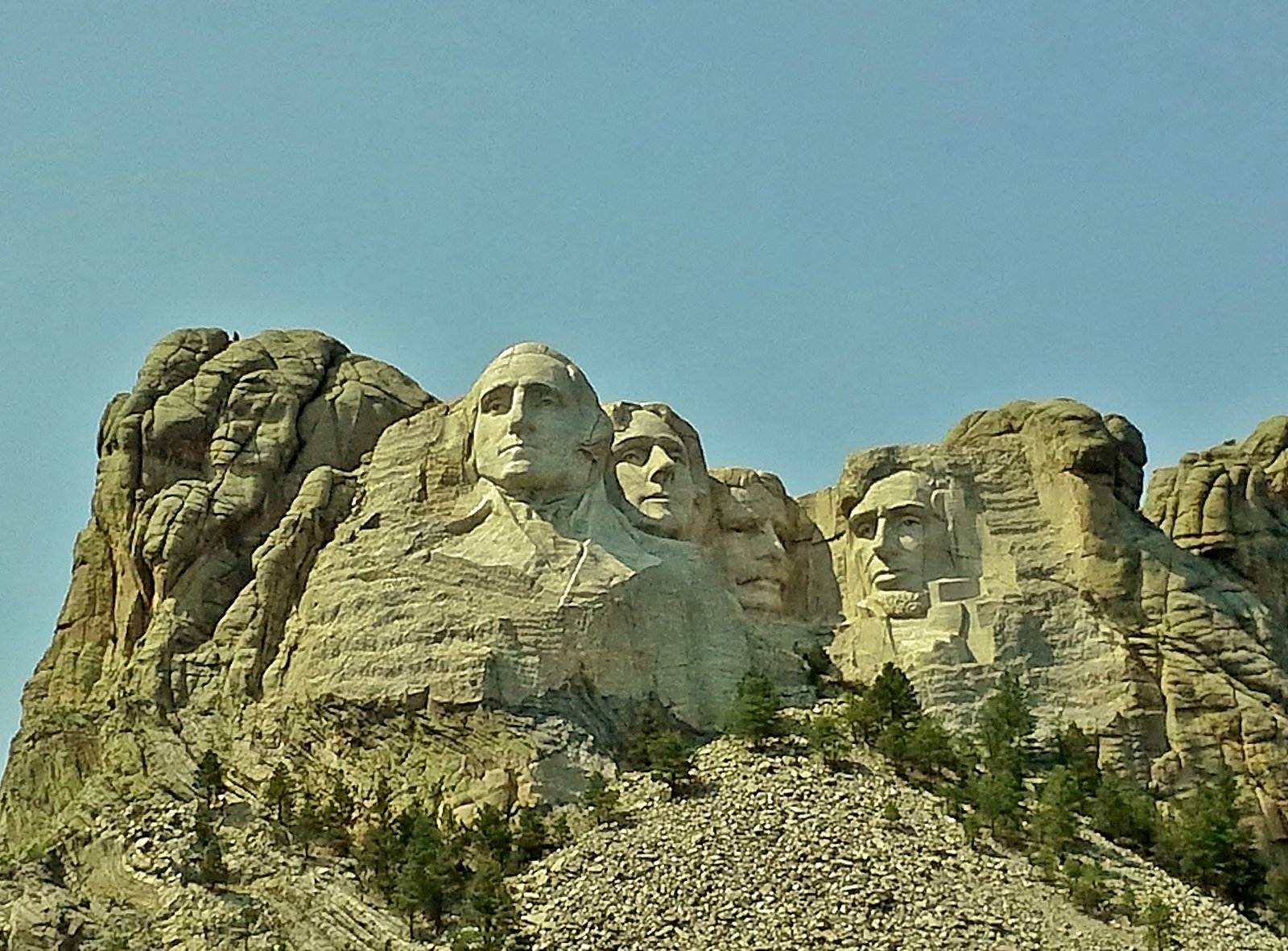
Even as the granite dust settles, the conversation in the Black Hills is far from over. New generations of Lakota activists, historians, and artists are finding ways to tell their own stories—through language revitalization, art installations, and community gatherings. Scientists and conservationists work alongside tribal leaders to protect the fragile ecosystems that make this place so unique. The monuments themselves may be unfinished, but the dialogue they inspire continues to shape our understanding of justice, reconciliation, and what it means to share a homeland.
Reflections from Stone and Sky

Standing beneath the towering faces of Rushmore or gazing up at the emerging figure of Crazy Horse, it’s impossible not to feel the weight of history pressing in from all sides. These mountains are mirrors, reflecting our greatest dreams and deepest wounds. They challenge us to look beyond the surface, to listen to stories we may not have heard, and to question who we include in the American narrative. The Black Hills, with their tangled roots and soaring peaks, ask us to remember that history is always in the making.


